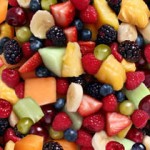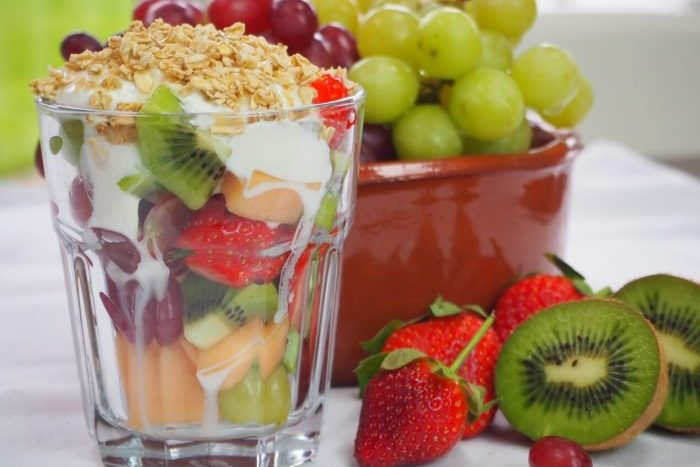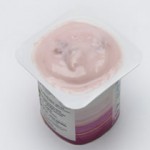Supercrunch is a cold pudding which can be put together in minutes! There are endless variations to this recipe ... use any fresh or stewed fruit of your choice (ideally use in-season fruit, it will usually be cheaper), try different yoghurt, swap the yoghurt for custard, sprinkle on cinnamon, add seeds or chopped nuts ... just have super-crunchy fun!
Skills Check
Follow a recipe; follow food safety & hygiene rules; cut using the bridge/claw technique safely; use measuring spoons; use weighing scales garnish & decorate; tidy away.
Equipment
Knife, chopping board, weighing scales, spoons, serving glasses or bowls (or plastic cups)
Allergens (Please note the allergens listed are indicative only. Allergens vary depending on brand; check the labels on the products you use)
Gluten | Milk
Ingredients (serves 2):
- 160g fresh fruit, cut into small pieces (e.g. grapes, kiwi, strawberries)
- 150g pot plain low-fat yoghurt
- 1 tsp runny honey
- 50g crunchy oat cereal / granola
Method
- Divide the prepared fruit between the glasses or bowls.
- Stir the honey into the yoghurt, then divide the yoghurt between the glasses or bowls.
- Sprinkle the oat cereal on top.
So thinking about Supercrunch ...

Yoghurt is an excellent source of calcium, and a good source of Vitamin D for strong teeth and bones.
Oats provide starchy carbohydrate, which gives us slow-release energy, and they are also a good source of fibre.
Nutritional Information
| - | Energy | 912kJ / 216kcal | 11% |
| Low | Fat | 5.1g | 7% |
| Low | Saturates | 2.1g | 11% |
| Med | Sugars | 24.3 | 27% |
| Low | Salt | 0.2g | 4% |
per 184g serving
% of an adult's reference intake
Typical values per 100g: Energy 202kJ / 48kcal
Notes
A traffic light system is used on nutrition labels to make it easier to see which foods and drinks are lower in calories, fat, sugar and salt. Try and choose more ‘greens’ and ‘ambers’ and fewer ‘reds’, and stick to smaller portions of ‘reds’.
Just because a recipe or a food has a red traffic light doesn't mean you shouldn't eat it. Understanding why a food or recipe might have a red light can be helpful. For example oily fish is high in total fat and so any recipe containing oily fish is likely to be ‘red’ for fat. But it is recommended that we eat oily fish at least once a week because the type of fat it contains is beneficial for our health.
% Reference Intakes are also shown. Reference Intakes are guidelines about the approximate amount of particular nutrients and energy required for a healthy diet (based on an average-sized woman doing an average amount of physical activity). Most children will require less than these Reference Intakes. The contribution of one serving of a food or drink to the Reference Intake for each nutrient is expressed as a percentage.




